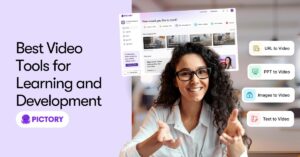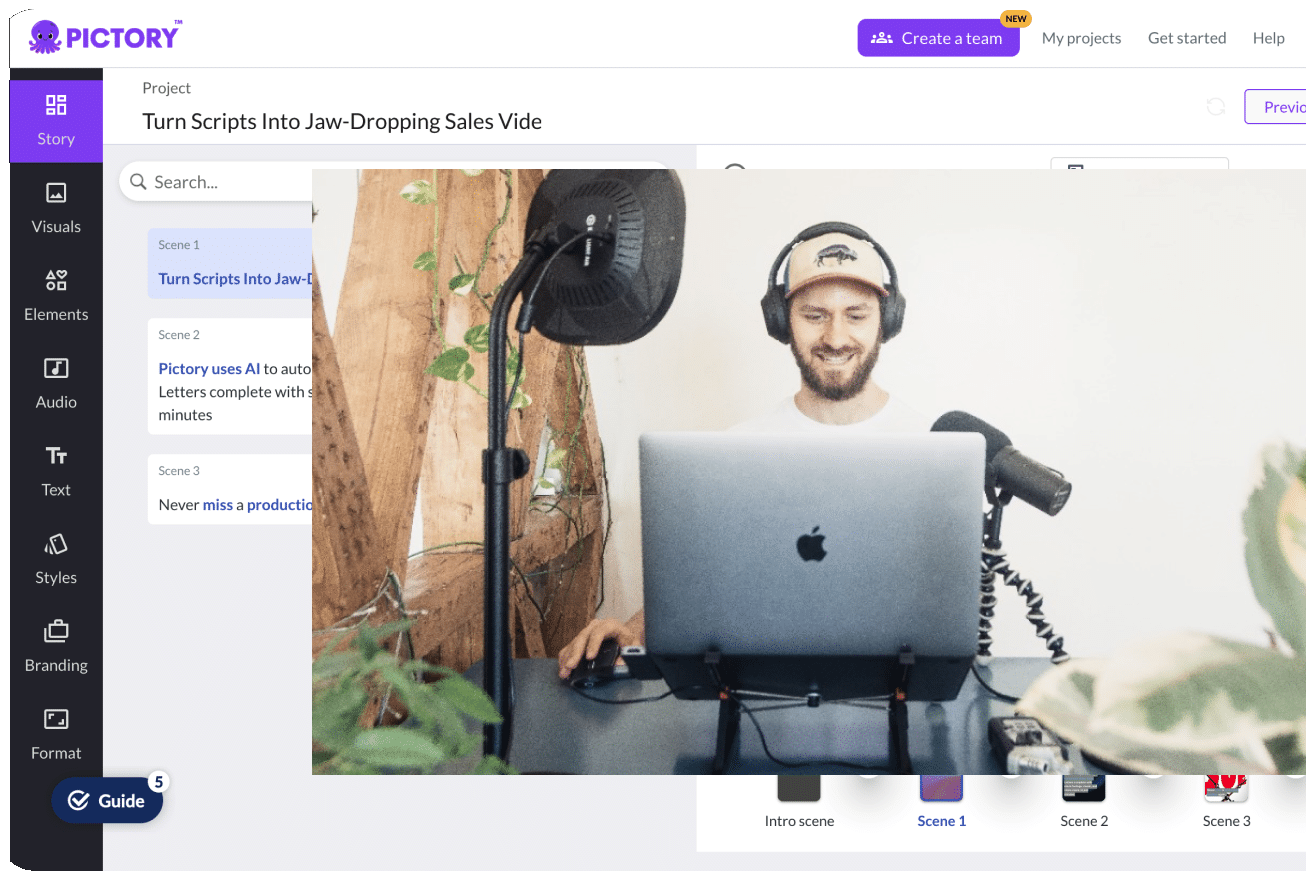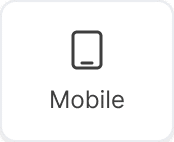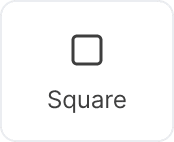Essentially a means of mapping out the buyer’s journey, from first interest to first purchase, the content funnel allows marketers to consider how their content can be used to target customers at each stage of their interaction with a brand.
But what are the different stages of the funnel, and what kind of content works best in each one?
We’ve got the answers, plus the best metrics to measure the right results at each stage of the funnel.
We’ll also share tips on how to avoid common content marketing errors found in the funnel and how to build a more successful content marketing strategy overall.
As a business, you can’t afford to ignore the power of video content marketing, and it’s perfect for every stage of the funnel.
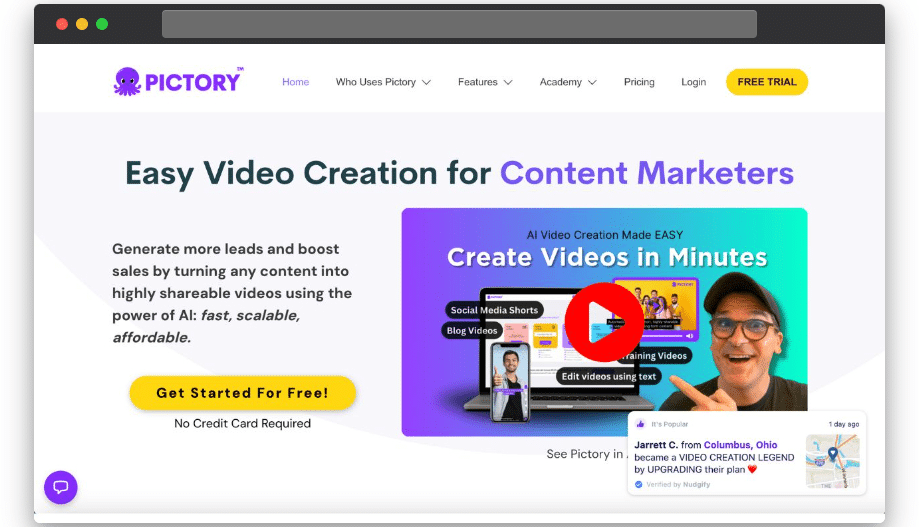
Sign up for a free trial of Pictory today and create engaging professional videos in minutes.
TL;DR
Top-of-the-funnel content, or the awareness stage, targets users who are beginning to research their problem, or looking to learn more information. It’s a chance to get your brand’s foot in the door and establish authority, with content including How-to or Guide blogs, Podcasts, and cold emails.
Middle-of-the-funnel content, or the consideration stage, starts to show audiences how your brand can offer a solution to their problem. It’s about building trust in your brand and interest in your product, including through comparison guides, user-generated content, and case studies, and webinars.
Bottom-of-the-funnel content, or the decision stage, is where the sales pitch can come in strong. It’s all about converting that potential customer and should address all final concerns about converting through pricing pages, case studies, and website learning or help sections.
Beyond the funnel content, or the retention stage, is all about keeping your converted users happy and making sure they have all the tools they need to find success with your product. Product updates, use-case-specific how-to guides, and user forums can all form part of a great beyond-the-funnel strategy.
By having a clear idea of your buyer persona, analyzing your existing content to find funnel gaps, and dedicating time to building out the bottom two stages of the funnel, you can ensure your content marketing funnel will keep guiding and converting customers to your business.
What is the Content Marketing Funnel?
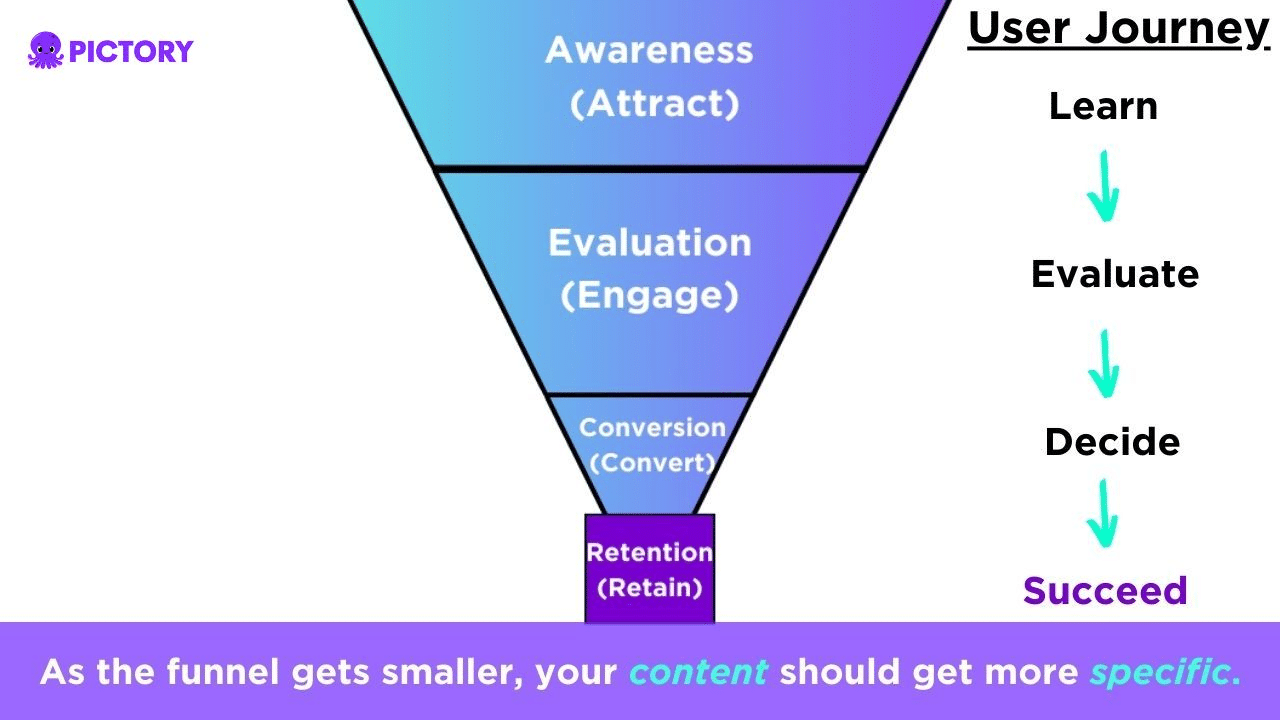
The content marketing funnel offers a model of thinking that allows brands to cut through the noise and be far more intentional with their marketing strategy.
It does so by visualizing two key things for a content or sales team:
1. The buyer’s journey.
2. How content creation can be used to shift an audience from being unaware of a brand to being loyal customers.
The “funnel” part of the approach is about taking customers from the broad steps of first learning about a brand, to the increasingly tighter moments of considering a purchase to then making that final click to pay.
It is a carefully crafted journey that addresses a user’s pain point and guides them from a general industry question to the specific answer within your product or service.
To understand it better, let’s take a look at the 4 stages of the funnel.
1. Awareness (ToFu)
Sometimes referred to as “top of the funnel” marketing (ToFu) or the discovery stage, the primary goal of this step is getting eyes on a brand.
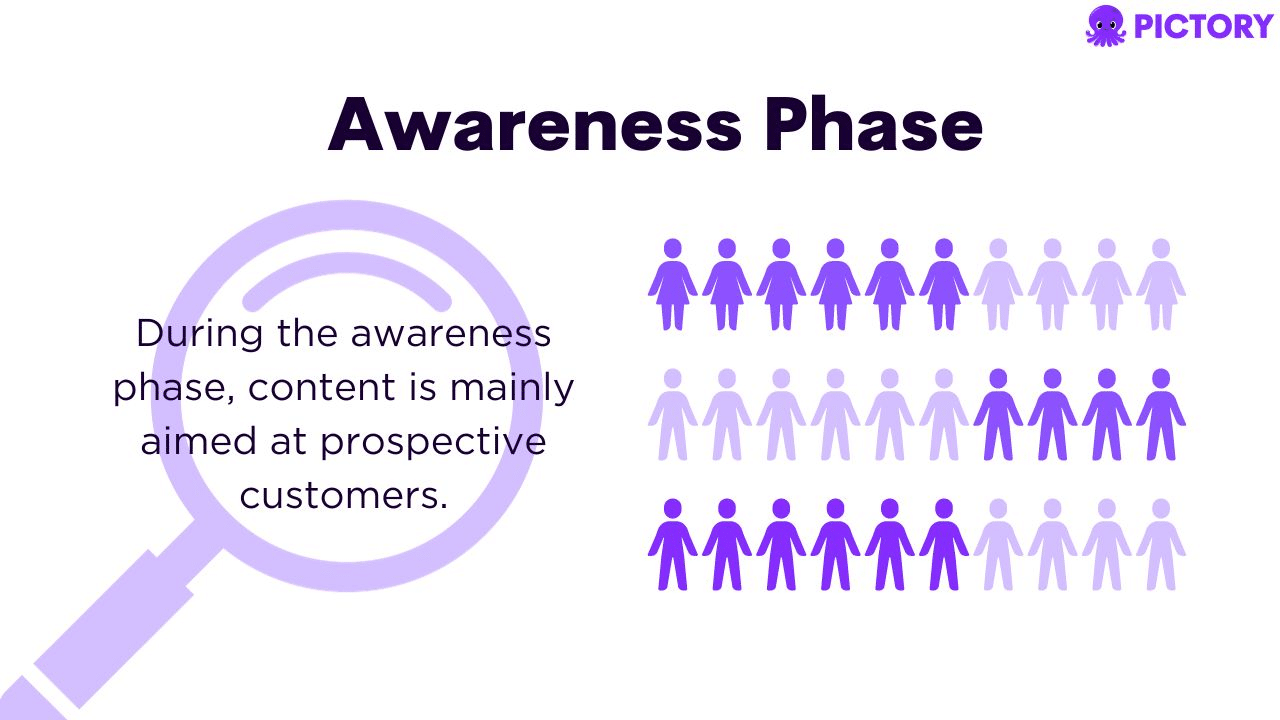
During the awareness phase, content is mainly aimed at prospective customers – people who know nothing or very little about your brand.
Part of why it works so well to visualize this as the widest end of a funnel is that it deals with the most populated customer base.
Unfortunately, everyone is trying to attract awareness online.
That said, here are some content creation tips for the awareness phase that can ensure you grab people’s attention and generate more leads:
Awareness Stage Content
A classic content marketing approach for the top of the funnel is to target your audience’s pain points.
One of the most common ways people use the internet, be it Google or Instagram, is to try and solve a problem.
When brands position themselves as part of a solution for common problems in their target audience, they’re also putting themselves in the eyeline of potential customers.
A simple search query can inadvertently land someone on a brand’s site, taking them from being a stranger to a new acquaintance, all through a cleverly crafted piece of content.
With this in mind, here are some of the most important content types for the awareness stage:
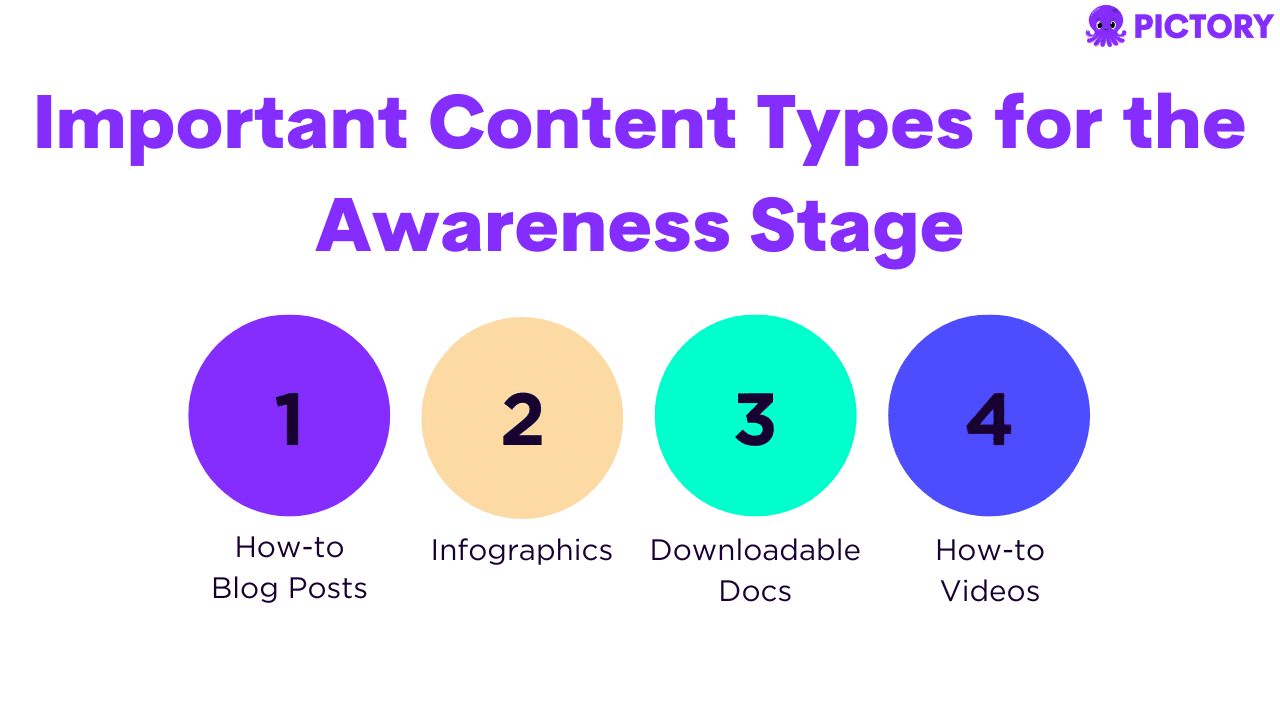
How-to Blog Posts:
Blog content is still one of the best ways for businesses to improve their rankings on search engine result pages and, as a result, attract organic web traffic from potential customers.
Great blog post content approaches for the awareness stage include the classic how-to and other formats that focus on educating audiences.
This kind of content at the TOFU stage should cover topics fairly broadly to appear in organic search results and only needs to become more product-focused later in the content funnel.
Infographics:
Sometimes included in a blog post or even shared on social media, infographics are yet another great content format that can target the pain points of potential customers.
What’s great with these is that they hit the sweet spot of being both informational and shareable which helps extend lead generation and awareness even further.
White papers, eBooks, and other Downloadable Docs:
Informative top-of-funnel content can also take the shape of downloadable documents such as eBooks, white papers, and even course material.
Creating this long-form content usually involves taking a particular topic that might otherwise fit a how-to blog post but going far more in-depth on the issue through things like reports, surveys, and downloadable guides.
How-to Videos:
YouTube how-to videos are often positioned at the very top of a search results page and with good visuals, can quickly grab the attention of new customers.
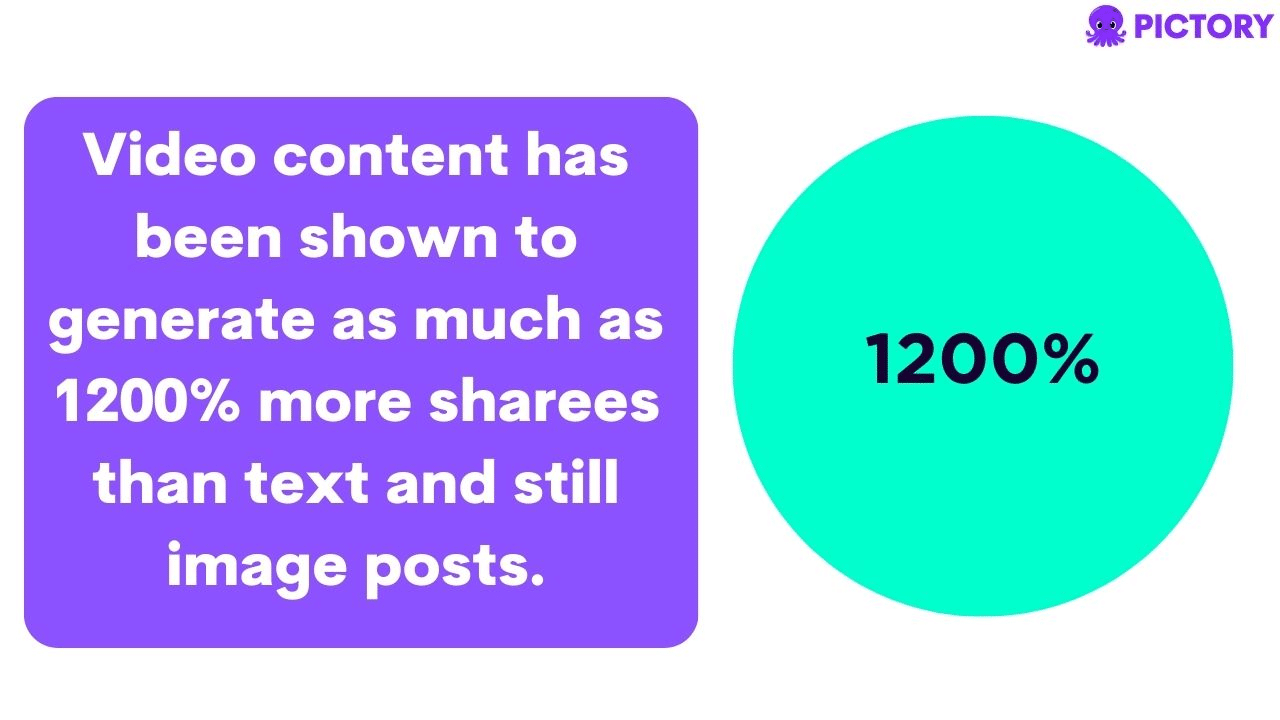
From a social media standpoint, video content has been shown to generate as much as 1200% more shares than text and still image posts.
That’s hugely valuable for the awareness stage and illustrates why it’s so important that this format be prioritized for top-of-funnel content.
A how-to video can be more resource-intensive to make than say blog content, but a great AI editor can make things much easier.
Pictory can quickly transform any blog post into an engaging video in several different formats and is easy to use for content marketers of all video editing abilities.
Awareness Stage Metrics
To judge if your awareness content marketing is effective, web metrics such as organic traffic need to be tracked, as well as social media engagement such as likes, shares, and follows.
With all of these, it’s clicks and follows from new customers that will illustrate best if you’ve been able to successfully introduce more people to your brand.
2. Interest/Consideration (MoFu)
Often called the evaluation or consideration stage, the primary goal of content for the middle of the funnel is to build trust with potential customers and prove that you’re worth taking a chance on.
The ultimate goal is getting them to commit but before that happens, there needs to be trust.
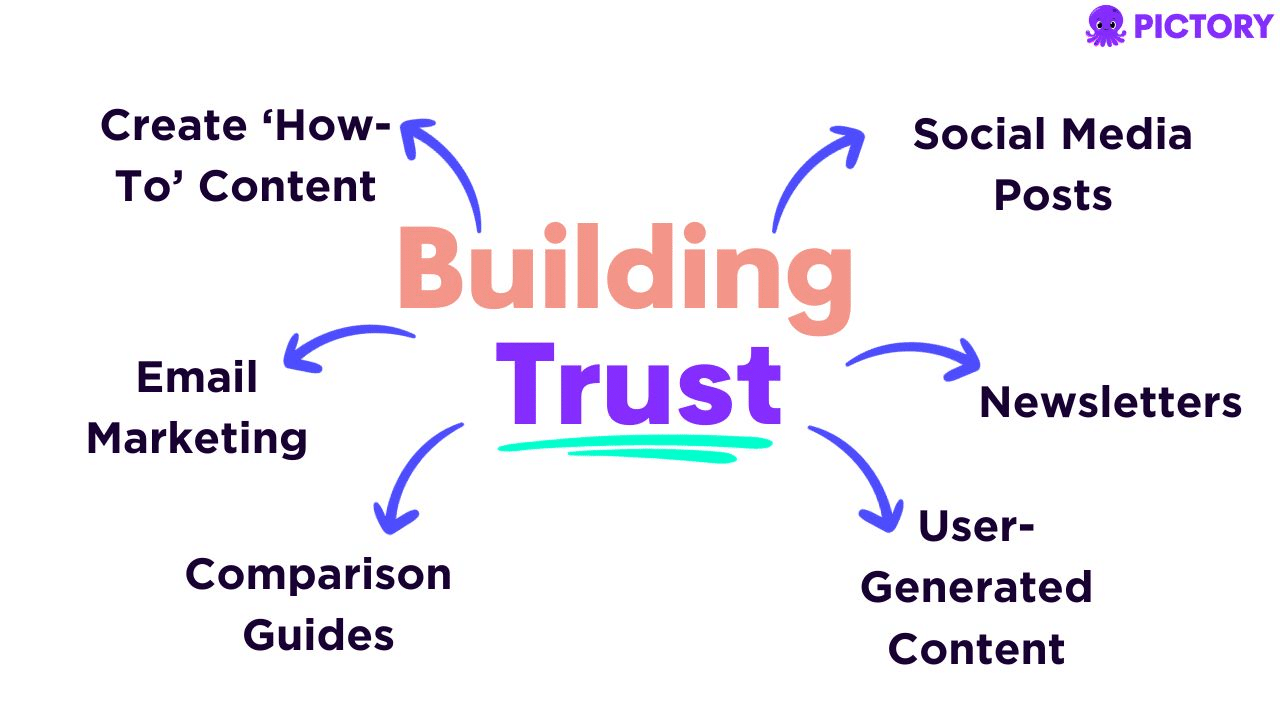
Consideration Stage Content
Content in the middle of the funnel is all about assuaging any doubts or queries potential customers may have and giving them ample reason to trust you.
Here’s what that can look like in practice:
How-To Content Does It All:
The great thing about a how-to video or blog post is that it doesn’t just work well for an awareness strategy.
It also helps move the buying journey through the consideration stage by establishing a brand’s knowledge and credibility.
For how-to and educational content that’s targeted specifically at the mid-point of the buyer’s journey, however, it’s worth making these kinds of guides more product-focused.
For example, a paint brand sharing tips on picking colors for low-light rooms is TOFU content because it’s quite general.
The middle of the funnel version of that is showing preferred products from the brand for low-light areas and in-depth explanations on say, applying the paint.
Comparison Guides:
At the consideration stage of the buyer journey, potential customers often weigh up businesses and products against each other.
Blog and social media MOFU content can be used to get ahead of this by providing comparison guides.
Not only can these be used to highlight a business’s unique offerings, but it also helps better place things into buyer’s perspectives.
Social Media Posts:
Social media can be used at any stage of the content marketing funnel but the immediacy and casual nature of many platforms gives businesses a unique opportunity to show more of who they are and calm customer doubts in the process.
For example, social media posts can include a look at how products are made and in doing so, establish credibility.
The communicative aspect of social media also helps establish trust by giving interested customers the chance to speak to a brand directly.
A great MOFU content strategy is to encourage this process with interactive posts such as running an “Ask Us Anything” series on Instagram stories.
User-Generated Content:
Another way to adjust buyer perspective and build a sense of trust is through sharing user-generated content.
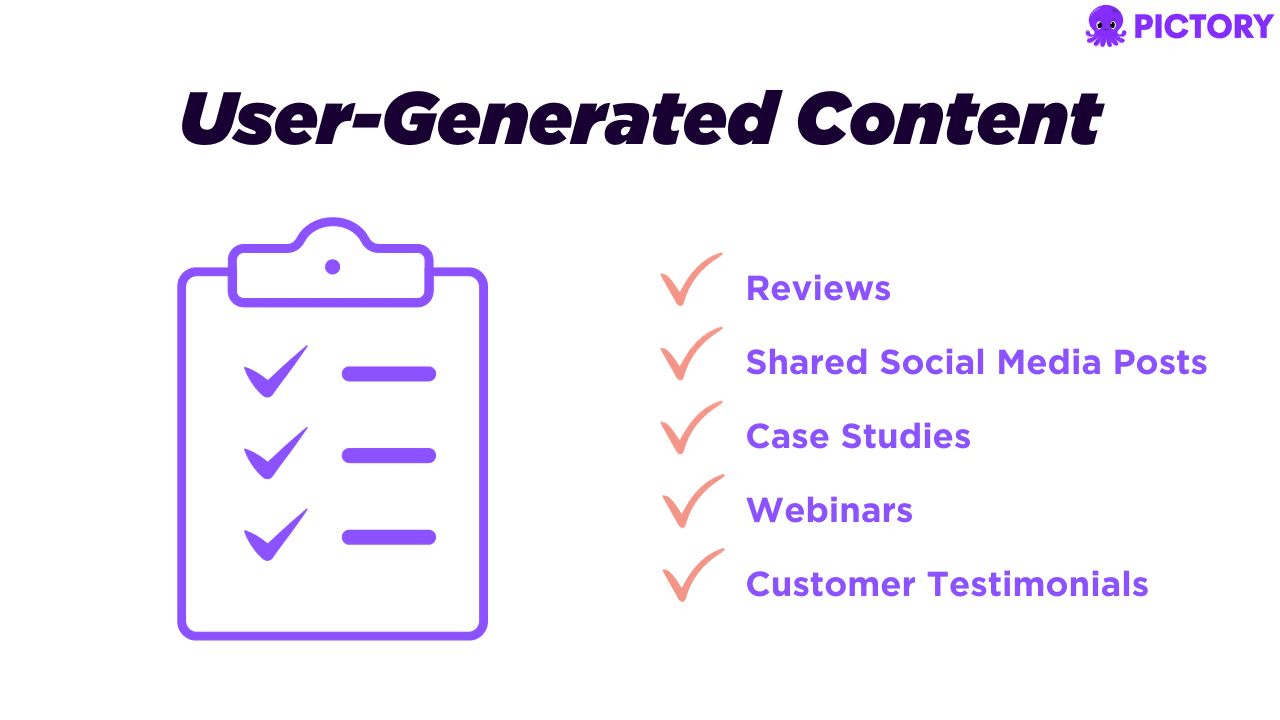
This can be in the form of reviews, shared social media posts from current customers, case studies, reviews, or customer testimonials.
UGC makes for great MOFU content as it provides social proof of a business’s efficacy and allows potential customers to better imagine how your product or service could integrate into their lives.
Further Reading: Unleashing the Power of User-Generated Content
Newsletters:
Email marketing is a highly useful content marketing tool for this stage of the funnel.
Users who have signed up for a newsletter are considered “qualified leads” as they’ve already shown some interest in a brand.
Newsletter content can be used to offer discount codes and product insights to help tip users toward the next stage of the content marketing funnel.
Consideration Stage Metrics
The success of content at this funnel stage can be measured through leads generated, organic traffic, and conversions such as product clicks through newsletters or blog content.
3. Conversion (BOFU)
As we reach the bottom of the funnel (BOFU), otherwise referred to as the conversion stage, the main objective is converting any potential customer into an active buyer.
By this point of the customer journey, they know who you are and what your business has to offer and are hesitating over that final purchase decision.
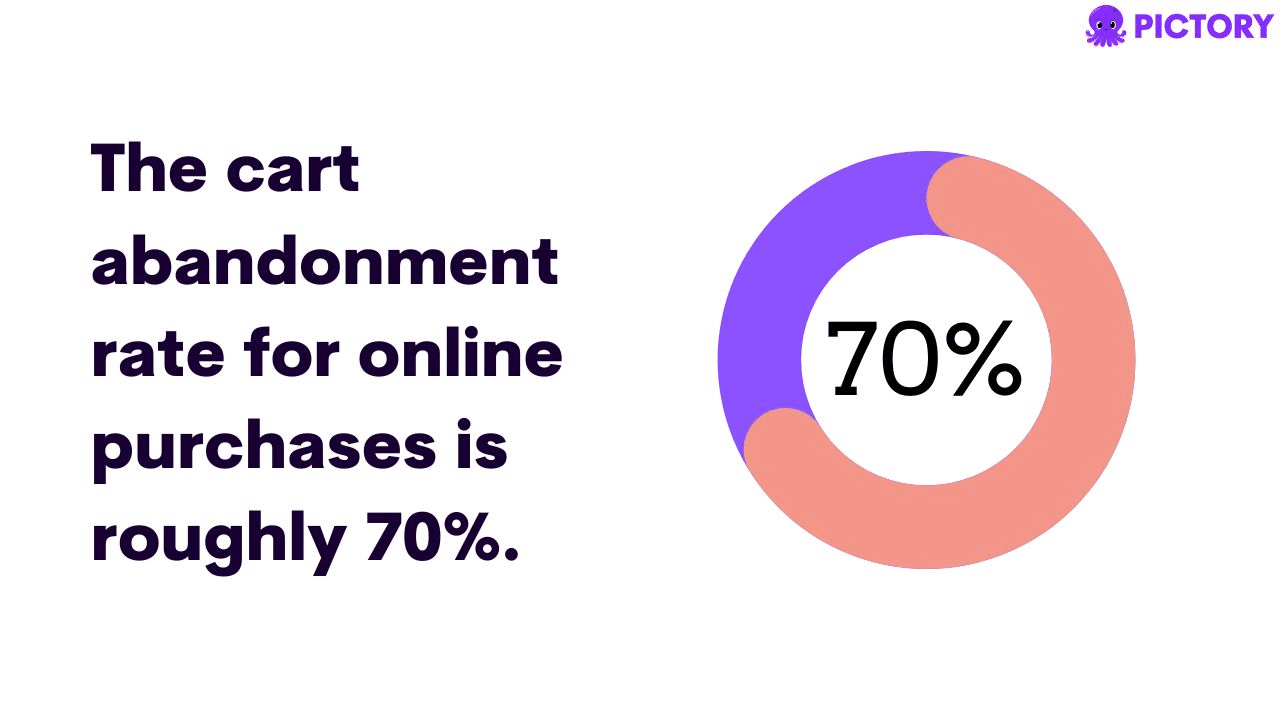
The cart abandonment rate for online purchases is roughly 70%.
The right content, however, can prevent that statistic from being true for your business:
Conversion Stage Content
Many of the content examples mentioned in the consideration phase, such as email marketing and UGC, also assist with this point of the content marketing funnel.
What shifts content from being more consideration-focused to being ready for the conversion stage is all down to specificity.
At this, the narrowest point of the funnel yet, content needs to be highly focused and action-forward with a clear call to action in every piece of content.
Here are two types of helpful content to invest in at this funnel stage:
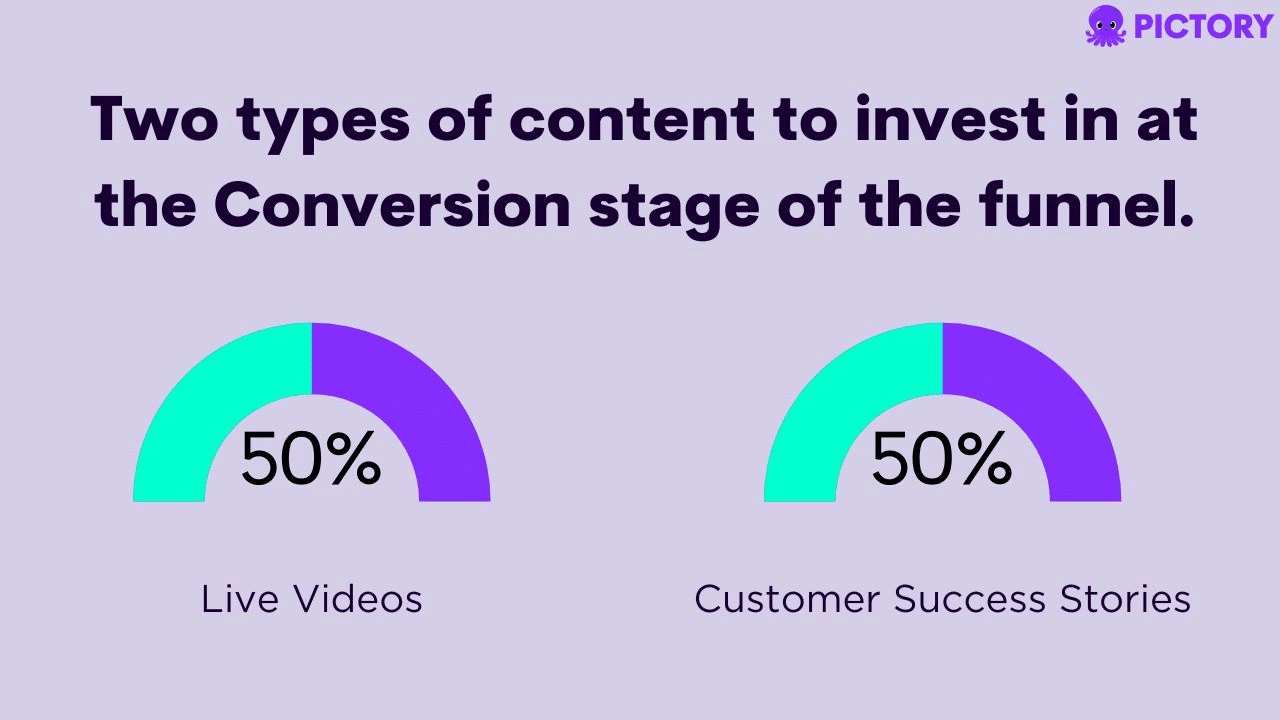
Live videos:
Going live with product demos and Q&As takes informational content up a notch.
The immediacy of live content is often very convincing to potential clients.
As far as topics to cover, it can include a closer look at your products, a few tips on using them, or even a live look at your business operations in action.
Customer Success Stories:
Hearing success stories from existing customers is often the thing that pushes people through the purchase stage.
It acts as social proof but also creates a sense of envy.
Seeing how a product or service benefits someone else inevitably creates the desire to experience some of that success.
Conversion Stage Metrics
The success of bottom-of-the-funnel content marketing is measured primarily in conversion rates and purchases.
4. Retention (Beyond the Funnel)
The retention stage is all about targeting customers who have already bought from you.
These are seen as “warm leads” because they’ve already warmed to your business in some way.
The reason these existing customer relationships are so important is that they’re far cheaper to invest in than new ones.
If they’ve had a great customer experience and been able to enjoy your product already, there’s so much less legwork to be done.
These customers don’t need to be convinced to buy from you – they just need to be reminded to return.
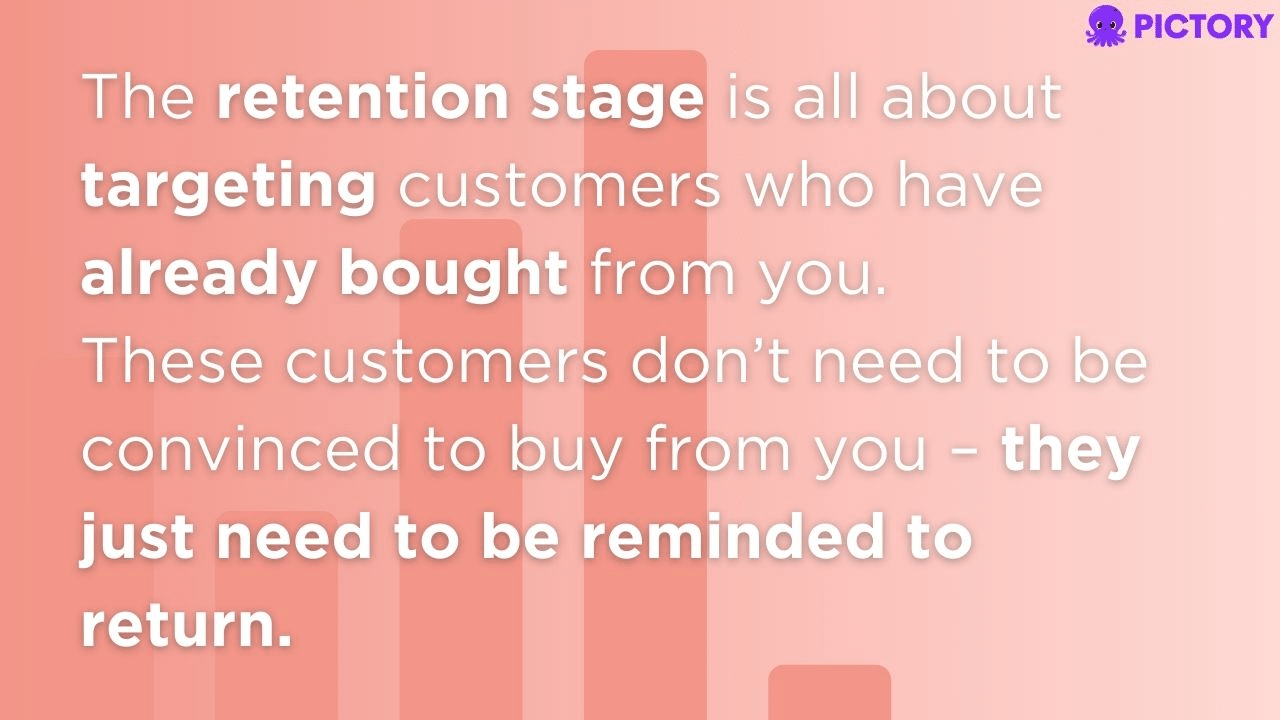
Retention Stage Content
Retention content can come in any of the formats we’ve thus mentioned in this article but newsletters and blogs that give added insight on what to do with products long term, or how to combine products, offer particular value at this stage of the funnel.
Consider what might add to the customer journey once they’ve already purchased from you.
This could look like troubleshooting videos, or simply newsletters with promo codes for their next visit to your site.
One type of content that should be given added attention at this point is UGC.
Encouraging customers to create content around your product or share reviews not only helps people stuck at the decision stage of the funnel but also helps further that relationship with existing fans.
Retention Stage Metrics
Churn rate and repeat purchases are the main metrics to keep an eye on when judging how well a retention-focused content marketing strategy is playing out.
How to Avoid Common Content Funnel Errors
As useful as the content marketing funnel is, neglecting certain aspects of a content strategy can lessen its impact.
Here’s how to avoid that:
Develop A Target Audience and Buyer Persona
Knowing how to create relevant content for each stage should be based on who it is you’re trying to reach with it.
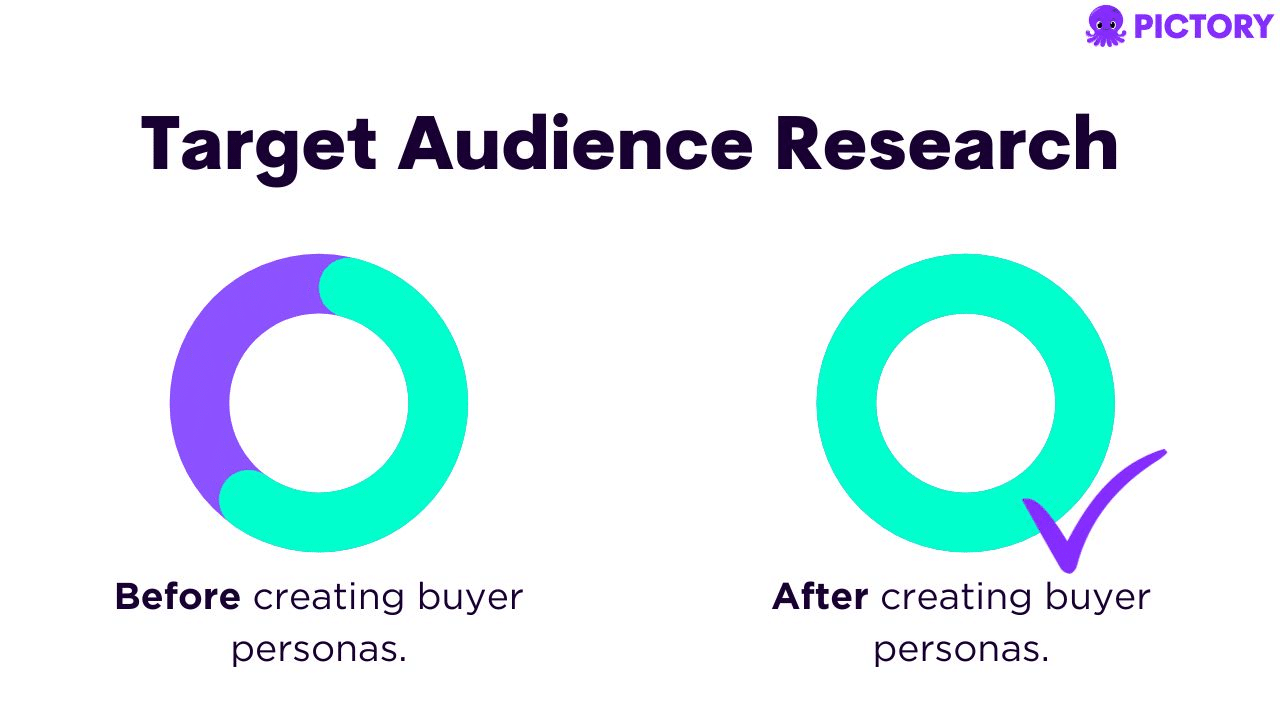
To take target audience research further, many businesses create buyer personas that can help them anticipate what content would be most effective at each part of the content marketing funnel.
Clear Goals and Metrics
We’ve mentioned metrics that can be used throughout the content marketing funnel but it’s important that these also be aligned with company marketing goals.
When creating any piece of content, it’s important to address both which stage of the funnel it is for, the purpose of the content, and the intended outcome as it aligns with a specific business or content goal.
Rank Your Current Content
Before you create new content, rank what you have against the content marketing funnel.
You may find that you have plenty targeted at the discovery stage but have content gaps at the decision stage, thus holding back conversions.
Research Competitors
Creating content that fits the stages of the content marketing funnel is all well and good, but you also need to stand out.
Look at what others in your industry are doing and consider how your funnel content can perhaps fill gaps that they have ignored.
Consider Starting from the Bottom
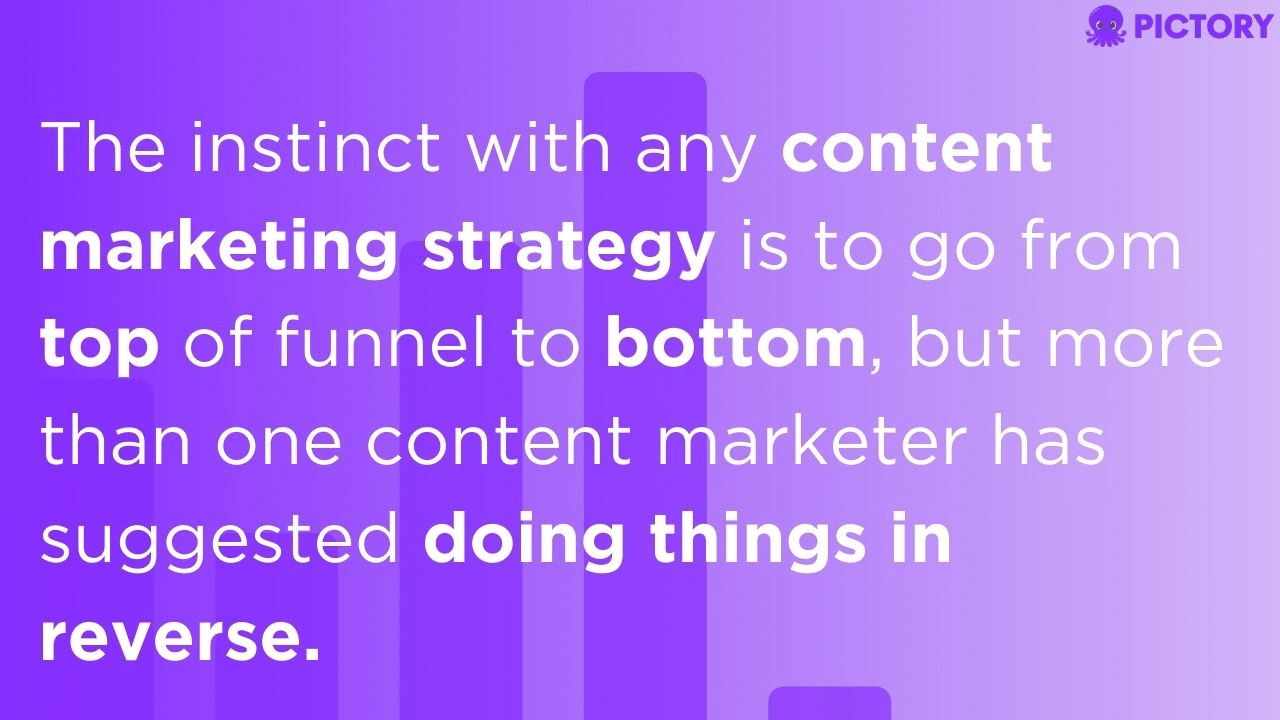
The instinct with any content marketing strategy is to go from top of funnel to bottom, but more than one content marketer has suggested doing things in reverse.
Mint Studios has a great article on where and why to prioritize bottom-of-the-funnel content in your marketing strategy.
The theory is that BOFU content is more niche, has less competition, and is therefore easier to gain traction in.
It’s also the content that is most relevant to your ideal customer and is the content that is most likely to convert users to your product, the most important goal.
Use Feedback
In any content strategy, but especially one where you’re trying to support buyers on their journey, feedback is everything.
Metrics are vital for tracking success with the content marketing funnel, but your customer messages, reviews, and comments can also illuminate changes that perhaps need to be made.
Consider the Whole Marketing Funnel
The biggest mistake to be made with the content marketing funnel is seeing it in pieces rather than considering the whole customer experience.
Each stage of the marketing funnel ideally leads to the next and, as such needs to be viewed in cohesion rather than isolation.
Shape The Buyer’s Journey
If there’s one thing you take away from this guide on the content marketing funnel, let it be this: content works best when it’s highly targeted.
By creating content more intentionally, businesses are not only able to meet customers along their journey but nudge them to new experiences.
There’s a whole world of content to contend with and the funnel is just the beginning.
Video content is something you can capitalize on at any stage of the funnel, and can help in boosting all content marketing strategies.
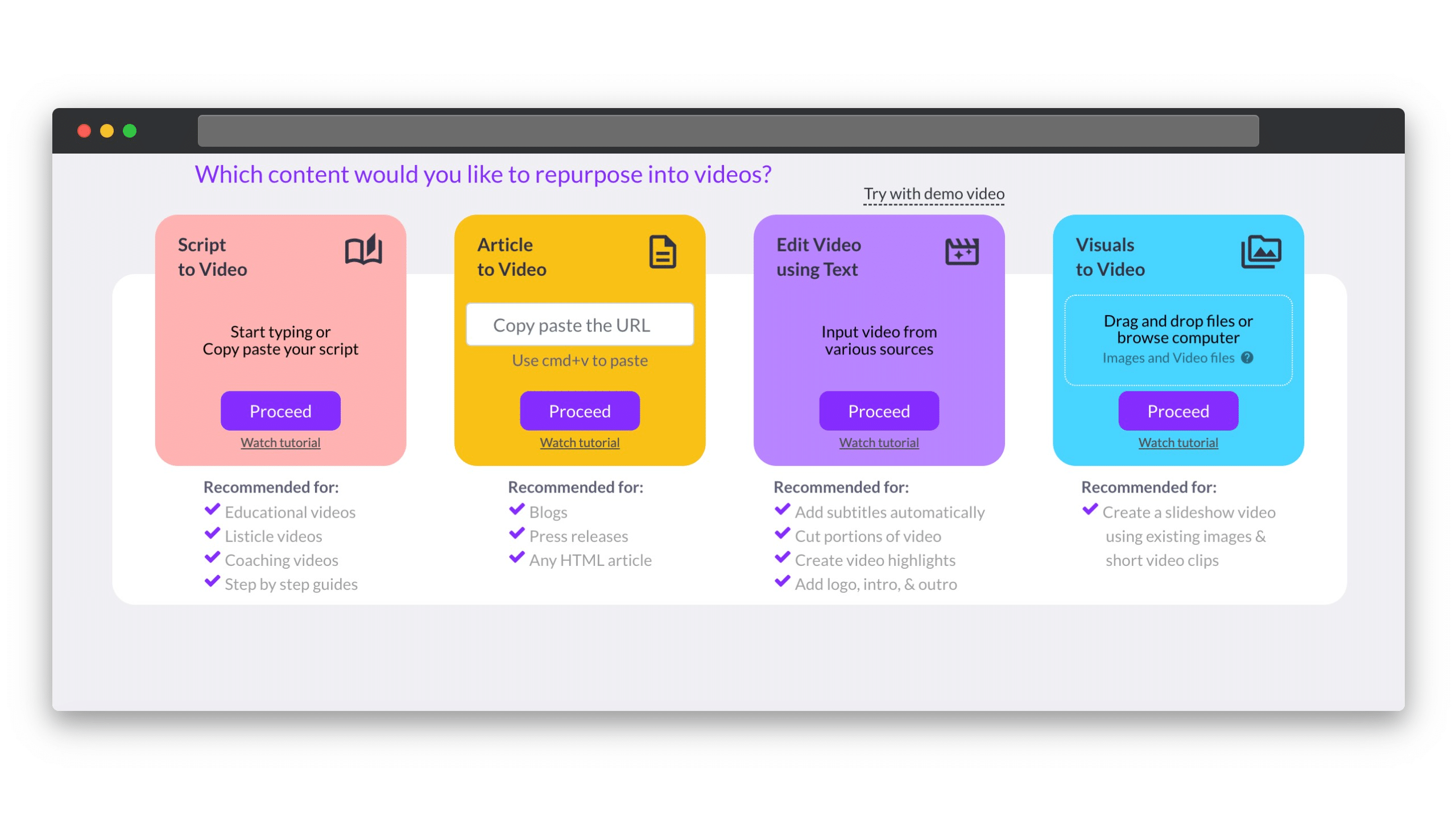
Sign up to Pictory today for free and give your content marketing a boost!




